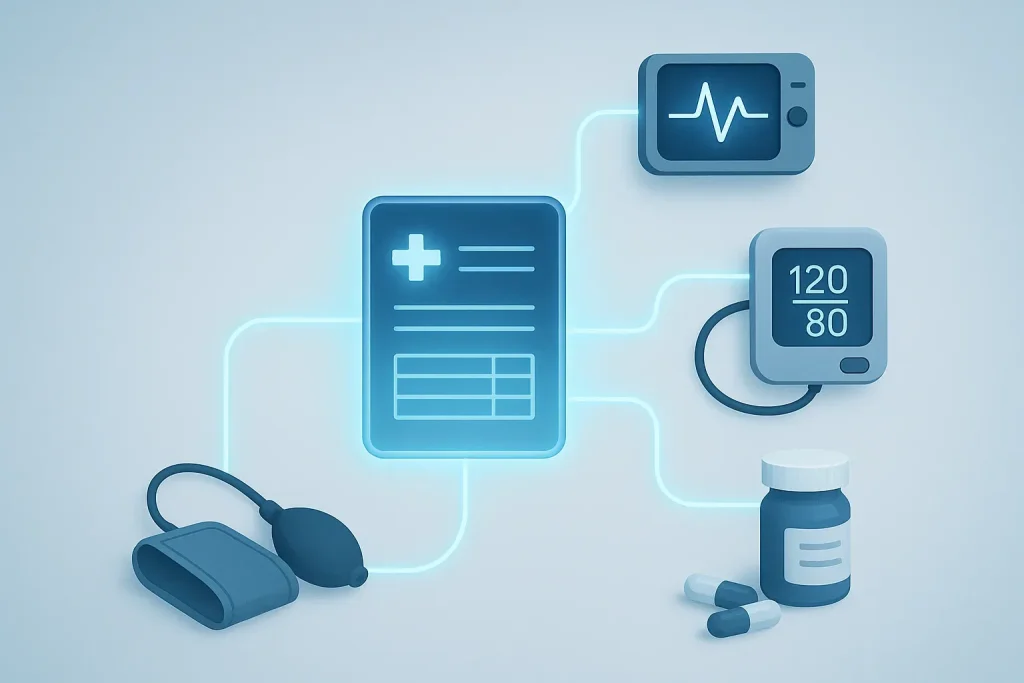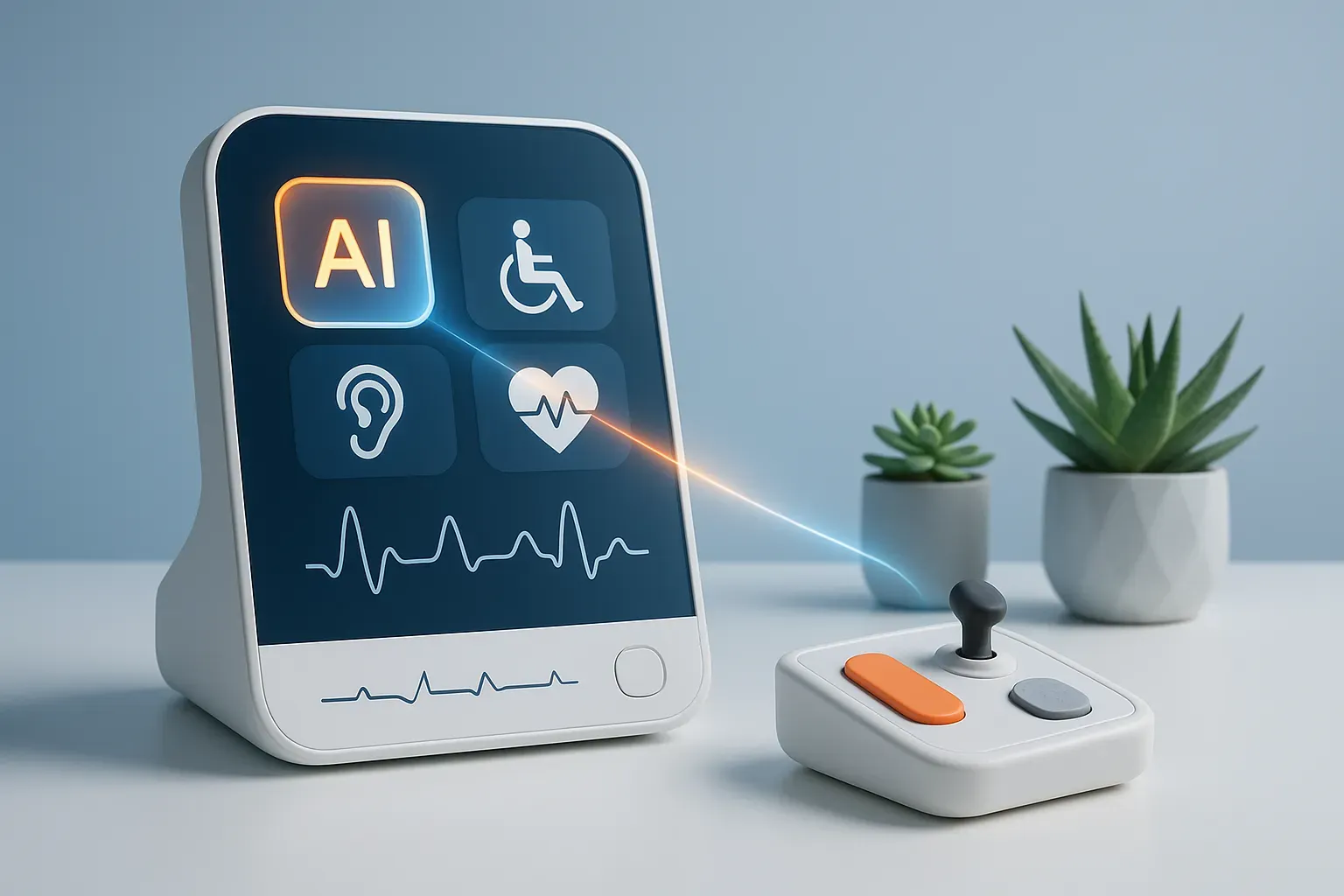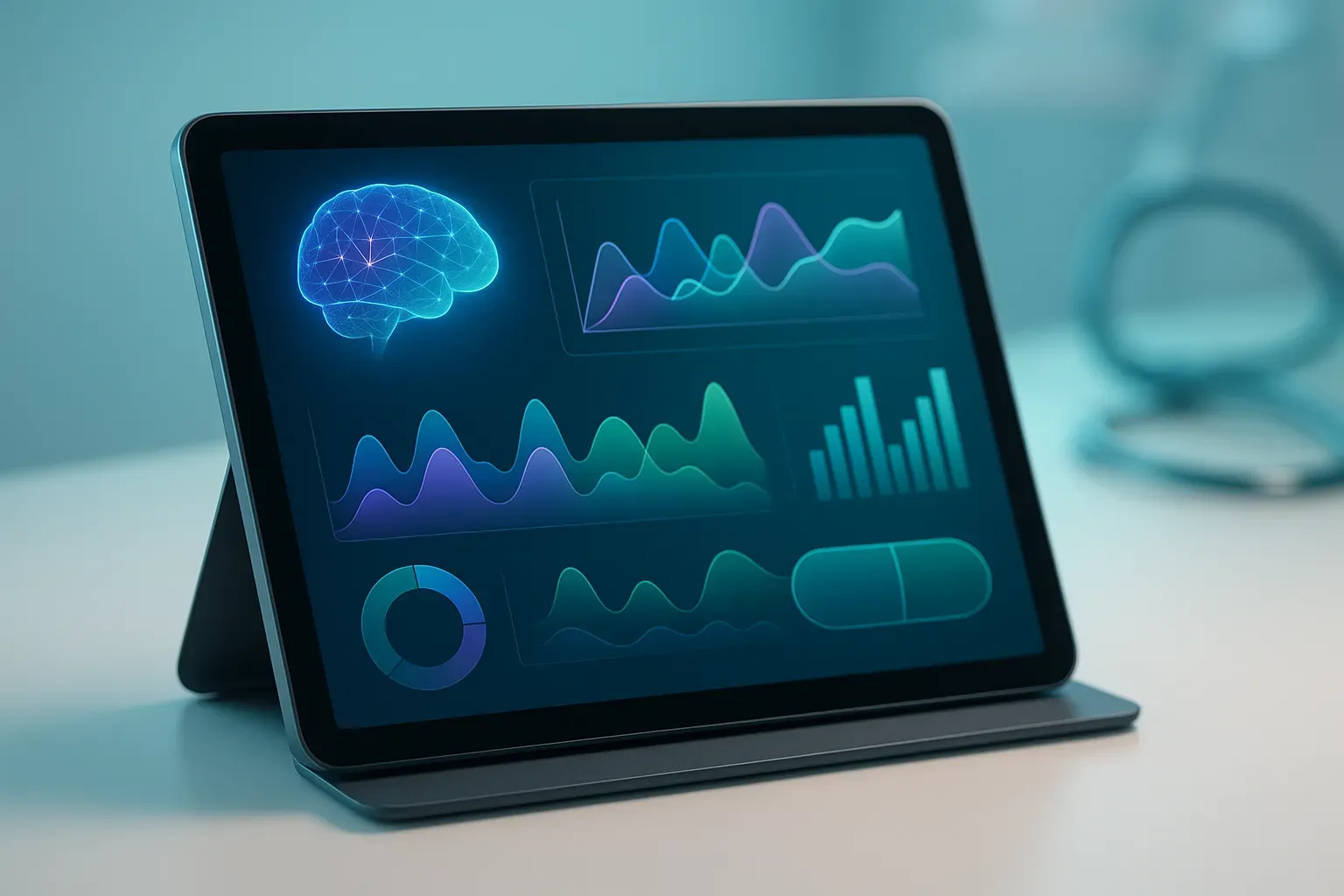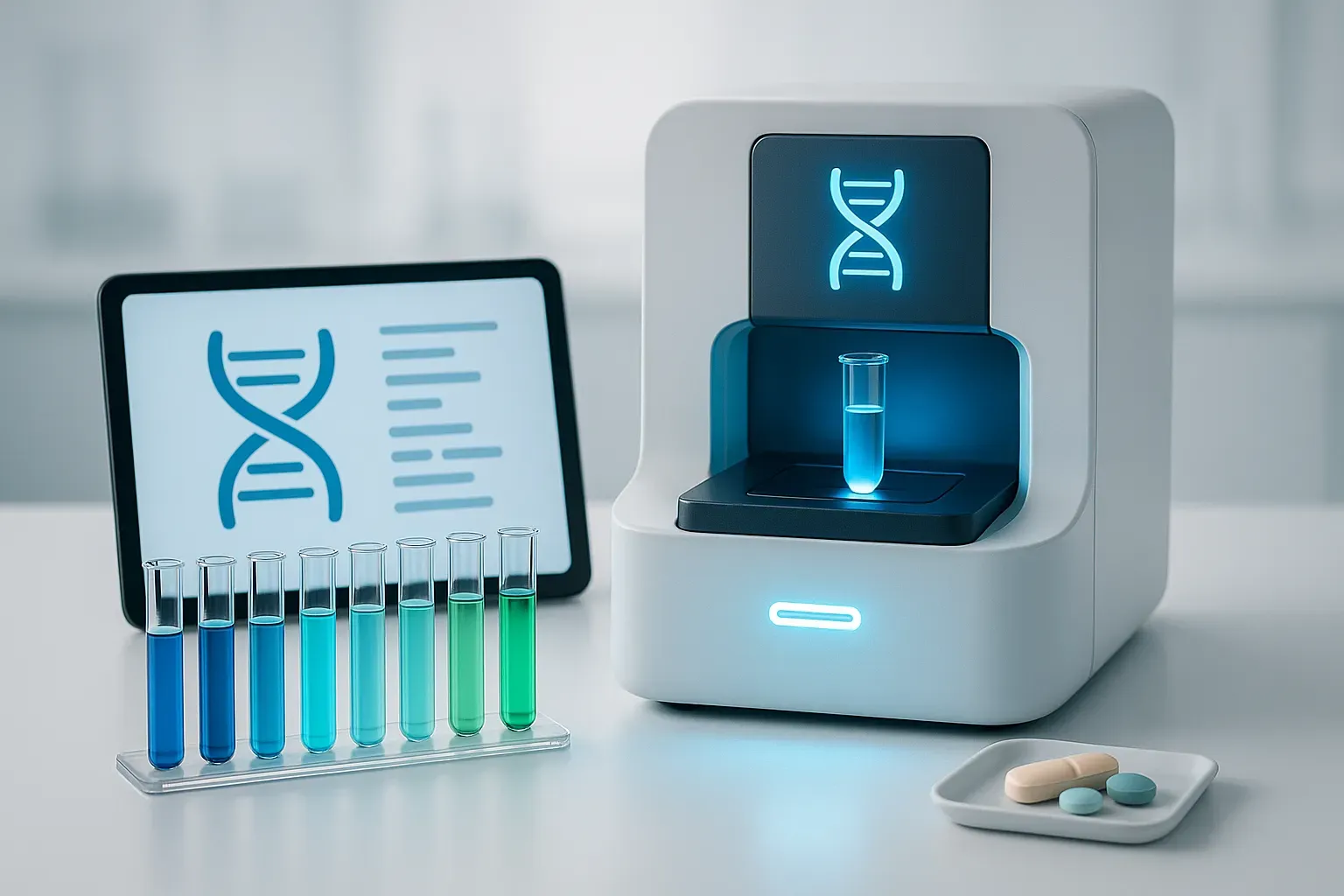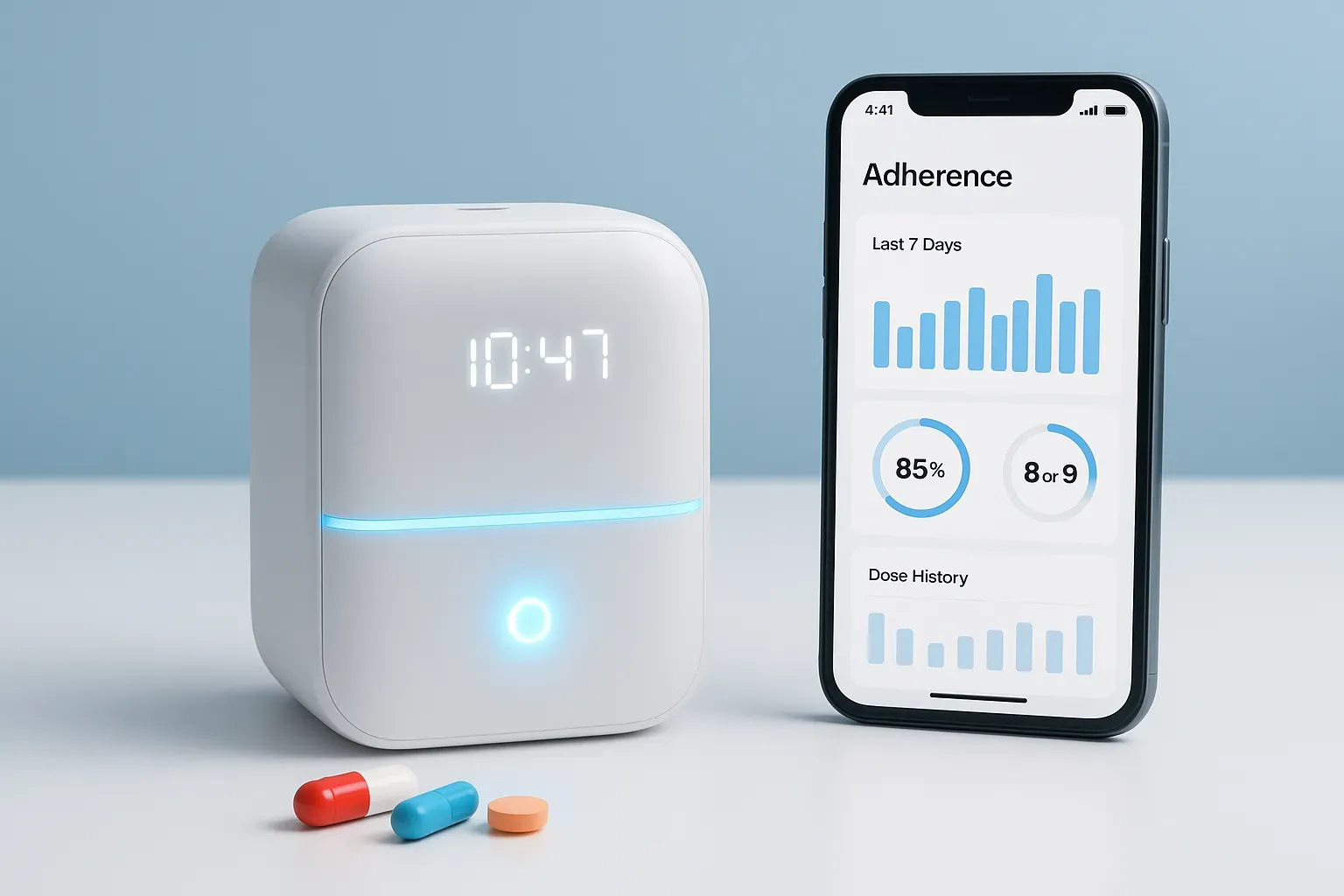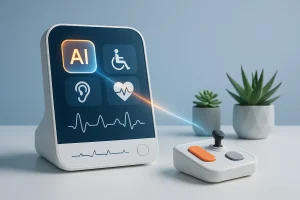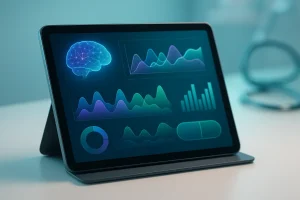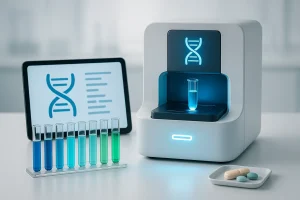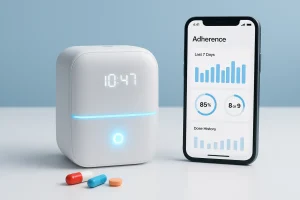Healthcare professionals share practical strategies for successful electronic health record implementation that minimize disruption to clinical workflows. Their collective wisdom emphasizes starting with targeted solutions that address specific needs before scaling to more comprehensive systems. By following expert recommendations for simplicity, early user involvement, and strategic tool selection, healthcare organizations can achieve more effective EHR integration.
- Connect Tools for Patient and Provider Convenience
- Begin With One Tool Before Expanding
- Design Around Single Workflow Before Scaling
- Start Small and Listen to Staff Feedback
- Focus on Simplicity with Early User Involvement
- Develop Interoperable Systems That Speak Same Language
- Prioritize Tools Addressing Specific Clinical Needs
Connect Tools for Patient and Provider Convenience
Integrating EHR technology with other digital health technologies is best served when the primary concern is how to make life easier for both the patient and the provider. For example, when we connected EHR to the telehealth services provided by the practice, with the patients’ consent, this enabled the doctors to see patients’ histories while conducting virtual visits without having to switch between applications. Similarly, when we established an online request for medical records, the patient no longer had to call the office and make an appointment to obtain copies of their health records; they could submit the order securely from home through a patient portal. Likewise, establishing an online payment portal within EHR made it easier for both patients and providers to view their healthcare bills and conduct payments at their discretion. Lastly, remote monitoring devices, once linked to the EHR, fed data directly into the record, so the doctor had the most current data without waiting for the subsequent encounter.
Consolidating the tools into an integrated and related system instead of using multiple standalone platforms allowed for reduced errors, increased efficiency, and enhanced access to care.
A significant lesson learned is that seamless integration is best achieved through a phased rollout. Begin with high-priority tools, such as telehealth and medical record requests, and then add additional tools over time, including a payment portal and remote monitoring. This phased approach enables staff to acclimate to the system more gradually and patients to learn and use it more effectively.

Begin With One Tool Before Expanding
Victory Bay uses EHR alongside digital mental health tools, yielding unique visibility into client progress and success. Successful integration requires a combination of technical and staff acceptance design. It was important to choose an EHR system that you can implement according to behavioral health standards. We integrated EHRs in the telehealth systems and apps using a secure API to enable therapists to visualize client mood data and feedback seamlessly. Compatibility is 30% technical and 70% change management and training. At first, new technology was a source of much pushback as providers saw it as getting in the way of therapy. We met this through education and training that showed how data-informed decision making leads to improved care. Our integration with consumer-focused mental health apps provides seamless, instantaneous client data access to ensure that interventions are delivered on time. My tip would be to pick one digital tool – we started with telehealth integration, making sure staff had capability before expanding the choice of tools. It is also important to involve clinical staff in the selection of vendors in order to make certain that the tools actually help them.

Design Around Single Workflow Before Scaling
A reliable way to integrate electronic health records with other digital health tools is to design them around a single clinician workflow and wire everything to that use case before scaling. In practice, this means using SMART on FHIR for launch and SSO (OAuth2/OpenID) for authentication so apps open contextually from a patient chart. This helps with secure data exchanging via FHIR R4, including Patient, Encounter, Observation, Condition, MedicationRequest, and DocumentReference, with write-back only where necessary. Triggering in-workflow nudges through CDS Hooks, such as patient-view, and bridging legacy feeds like labs with HL7 v2 or a lightweight interface engine help with efficiency. Putting a master patient index with deterministic and probabilistic matching, consent flags, and an event bus for audit trails and retries in the middle allows every system to see the same source of truth. Wrap it with a BAA, least-privilege scopes, data loss prevention logging, and a redact-then-rehydrate pattern for free-text personal health information.
One piece of advice for smooth integration is to pick a high-value, low-variance workflow, for example, pre-visit intake goes to eConsent then PROs then note seeding, and measure clicks per task, time-to-complete, and data write-back error rate for about 1 month. Once this system is running well, a second integration system can then be added until those three metrics improve and stay stable for a month, and so on. This prevents tech sprawl and quickly earns the trust of clinicians.

Start Small and Listen to Staff Feedback
The integration of electronic health records and other digital tools has been a learning curve for me. Our priority was to have everything work together as one system rather than doctors being inundated with patients’ information across different platforms. There were many aspects of the systems we wanted to use. Still, the critical factor was to start small, linking our most important features first, like lab results and scheduling, before we added more complicated processes. This approach made the transition process smoother for both the team and the patients.
One of the lessons I’ve learned is to keep the lines of communication open with staff members and use their feedback daily. What you learn through their feedback usually reveals practical problems that you won’t see at the technical level. Listening to concerns and making iterations along the way will save time and aggravation and build confidence in the new system.

Focus on Simplicity with Early User Involvement
In my practice, integrating electronic health records (EHRs) with other digital health tools has been most successful when I’ve focused on simplicity and patient-centered use. For example, connecting our EHR system with secure patient portals and mobile apps has allowed patients to track lab results, share recovery updates, and message the care team directly. This integration has been particularly helpful for surgical patients, who can log symptoms or upload wound photos between visits.
Having this information flow seamlessly into the EHR not only improves continuity of care but also reduces unnecessary phone calls or visits, giving patients peace of mind and allowing the team to respond quickly when needed. This mirrors findings from a 2022 systematic review published in JMIR, which noted that patient portal access was associated with improved health outcomes in 11 studies, particularly through better monitoring of health status.
One piece of advice I’d offer is to involve both staff and patients early in the process. The technology may be designed for efficiency, but if the people using it find it confusing or burdensome, it won’t serve its purpose. I’ve found that training the care team thoroughly and giving patients clear instructions, sometimes even walking them through the app during a visit, makes adoption much smoother. Integration works best when it feels natural and enhances communication, rather than becoming another layer of complexity.

Develop Interoperable Systems That Speak Same Language
Digital health tools and electronic health records (EHRs) integration is more than just a technical step; it’s a change in practice culture. The challenge at Southwest Plastic Surgery was to integrate scheduling, imaging, telemedicine, and patient records into a single, cohesive ecosystem. Healthcare must adapt to provide patients with the same seamless digital experience they receive from their bank or airline.
Prioritizing interoperability led to our breakthrough. Instead of adding new tools to our EHR, we made sure that all digital solutions could “speak the same language” by using secure cloud systems and APIs. This made it easier for patients and employees to switch between platforms, avoided duplication, and decreased errors.

Prioritize Tools Addressing Specific Clinical Needs
In my psychiatric practice, I successfully integrated our electronic health record system with medication interaction checks and customizable mental health screening tools, which significantly improved our workflow efficiency. The integration reduced administrative burden and allowed our clinical team to spend more quality time with patients rather than managing paperwork. My advice for smooth integration is to prioritize tools that address your specific clinical needs – in our case, mental health assessments and medication safety features provided the most value to our practice.


